 Throughout history women have made their mark in a wide variety of ways. Each Saturday I plan to highlight one of these remarkable women. There will be no limit to the areas of history that I may include; however as a guide I will look to the month of their birth, the month of their death or the month associated with their mark in history when I select them. Is there an outstanding women in history you would like me to include? I welcome your suggestions. Would you like to guest blog one of the world’s outstanding women? Let me hear from you.
Throughout history women have made their mark in a wide variety of ways. Each Saturday I plan to highlight one of these remarkable women. There will be no limit to the areas of history that I may include; however as a guide I will look to the month of their birth, the month of their death or the month associated with their mark in history when I select them. Is there an outstanding women in history you would like me to include? I welcome your suggestions. Would you like to guest blog one of the world’s outstanding women? Let me hear from you.
Today’s Outstanding Woman is from the World of Law and Politics. Meet Sandra Day O’Connor.
On July 7, 1981, President Ronald Reagan nominated Sandra Day O’Connor, an Arizona court of appeals judge, to be the first woman Supreme Court justice in U.S. history. On September 21, the Senate unanimously approved her appointment to the nation’s highest court, and on September 25 she was sworn in by Chief Justice Warren Burger.
Early life and education

Sandra Day was born in El Paso, Texas, in 1930. She grew up on her family’s cattle ranch in southeastern Arizona and attended Stanford University, where she studied economics. A legal dispute over her family’s ranch stirred her interest in law, and in 1950 she enrolled in Stanford Law School. She took just two years to receive her law degree and was ranked near the top of her class. Upon graduation, she married John Jay O’Connor III, a classmate.

Sandra Day O’Connor (front row, 2nd from left) , Robert Thornburgh (2nd row, 3rd from right) and William Rehnquist (back row, far left) were members of the 1950-51 Stanford Law Review editors
Career
Because she was a woman, no law firm she applied to would hire her for a suitable position, so she turned to the public sector and found work as a deputy county attorney for San Mateo, California. In 1953, her husband was drafted into the U.S. Army as a judge, and the O’Connors lived for three years in West Germany, with Sandra working as a civilian lawyer for the army. In 1957, they returned to the United States and settled down in Phoenix, Arizona, where they had three children in the six years that followed. During this time, O’Connor started a private law firm with a partner and became involved in numerous volunteer activities.
In 1965, she became an assistant attorney general for Arizona and in 1969 was appointed to the Arizona State Senate to occupy a vacant seat. Subsequently elected and reelected to the seat, she became the first woman in the United States to hold the position of majority leader in a state senate.
In 1974, she was elected a superior court judge in Maricopa County and in 1979 was appointed to the Arizona Court of Appeals by Governor Bruce Babbitt, a Democrat.
Two years later, on July 7, 1981, President Reagan nominated her to the Supreme Court to fill the seat of retiring justice Stewart Potter, an Eisenhower appointee. In his 1980 presidential campaign, Reagan had promised to appoint a woman to the high court at one of his earliest opportunities, and he chose O’Connor out of a group of some two dozen male and female candidates to be his first appointee to the high court.
O’Connor, known as a moderate conservative, faced opposition from anti-abortion groups who criticized her judicial defense of legalized abortion on several occasions. Liberals celebrated the appointment of a woman to the Supreme Court but were critical of some of her views. Nevertheless, at the end of her confirmation hearings on Capitol Hill, the Senate voted unanimously to endorse her nomination. On September 25, 1981, she was sworn in as the 102nd justice—and first woman justice—in Supreme Court history.

he U.S. National Archives – Photograph of Sandra Day O’Connor Being Sworn in a Supreme Court Justice by Chief Justice Warren Burger
Initially regarded as a member of the court’s conservative faction, she later emerged from William Rehnquist’s shadow (chief justice from 1986 to 2005) as a moderate and pragmatic conservative. On social issues, she often voted with liberal justices, and in several cases she upheld abortion rights. During her time on the bench, she was known for her dispassionate and carefully researched opinions and was regarded as a prominent justice because of her tendency to moderate the sharply divided Supreme Court.
O’Connor announced her retirement from the Supreme Court on July 1, 2005. Her decision sparked dismay among pro-choice groups who worried that President George W. Bush would choose a replacement likely to overturn Roe v. Wade, the 1973 decision that established a woman’s right to an abortion. She was replaced by Samuel Alito, who became the court’s 110th justice in January 2006.








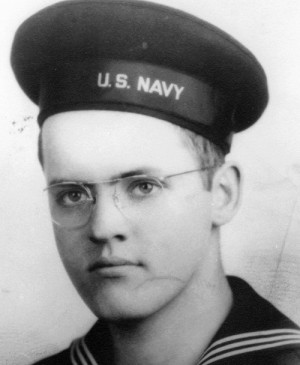 Check out my other blog
Check out my other blog I'M PUBLISHED
I'M PUBLISHED I'm Published Again
I'm Published Again

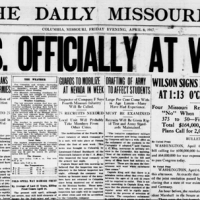

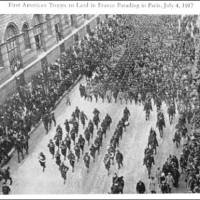


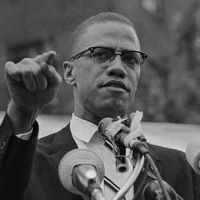
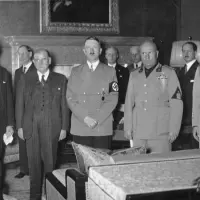

I always admired her because she had such an uphill battle in a male dominated field and old conservative to boot. I didn’t know much about her so it is nice that you spotlighted her here
LikeLike
Thanks.
LikeLike